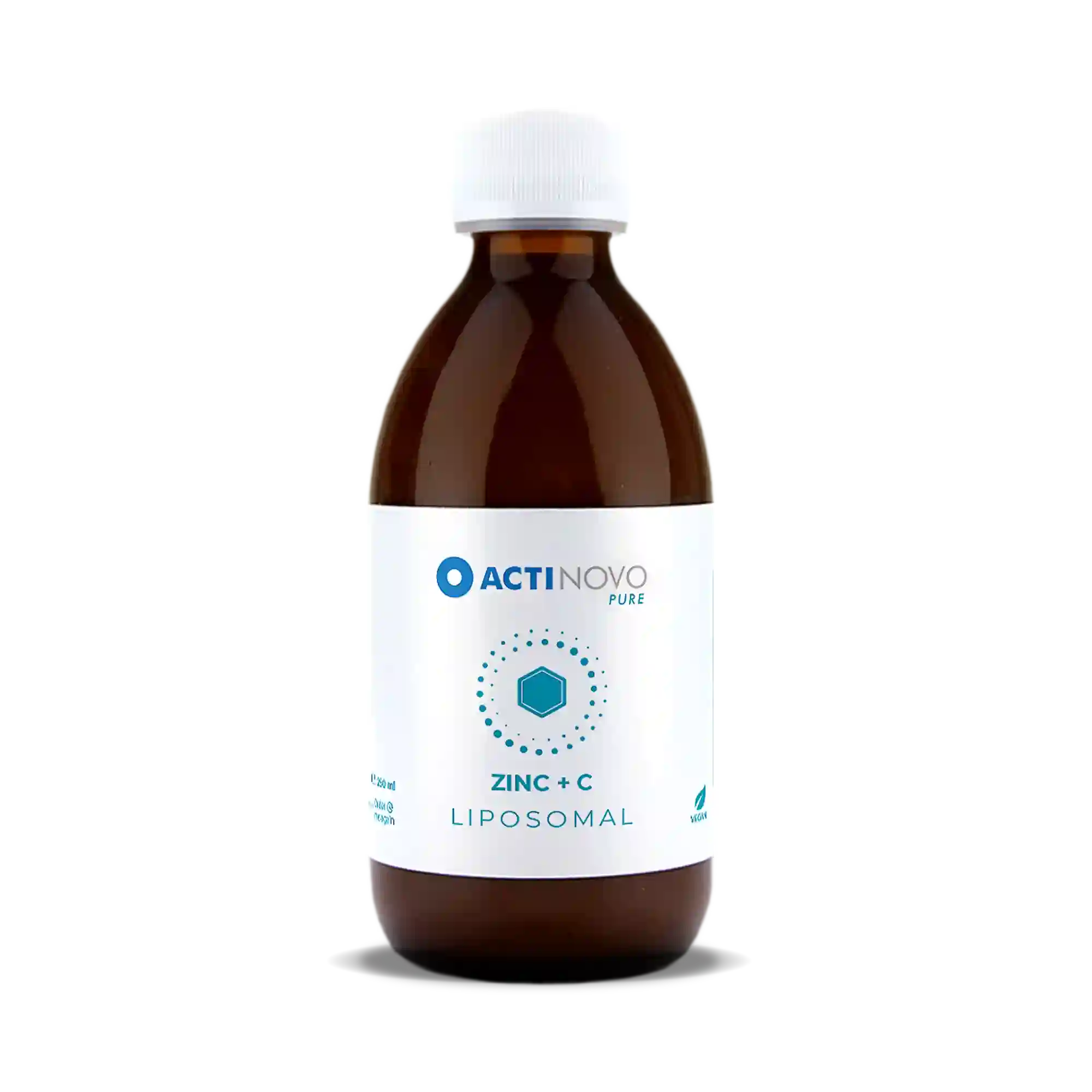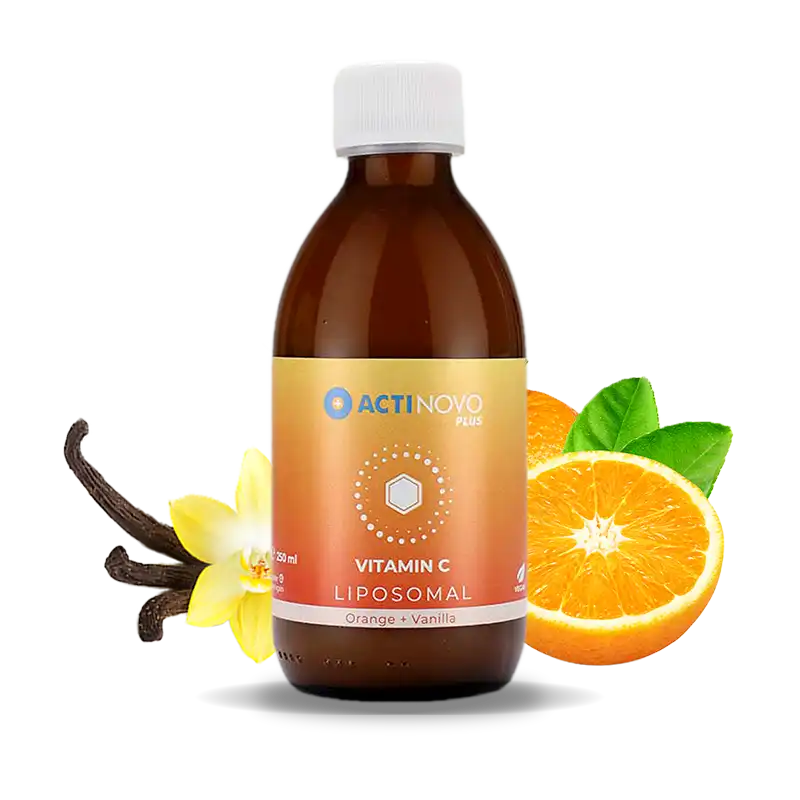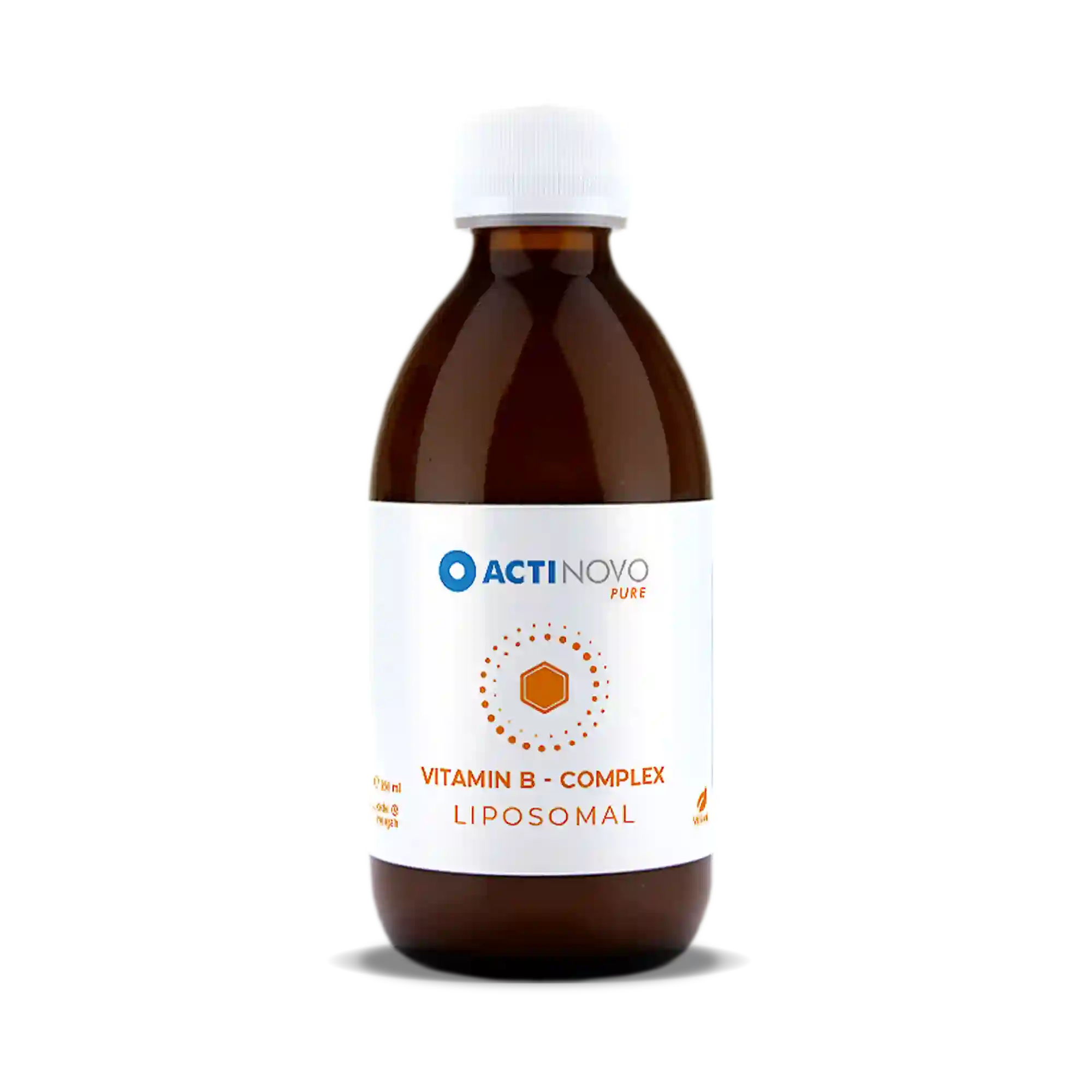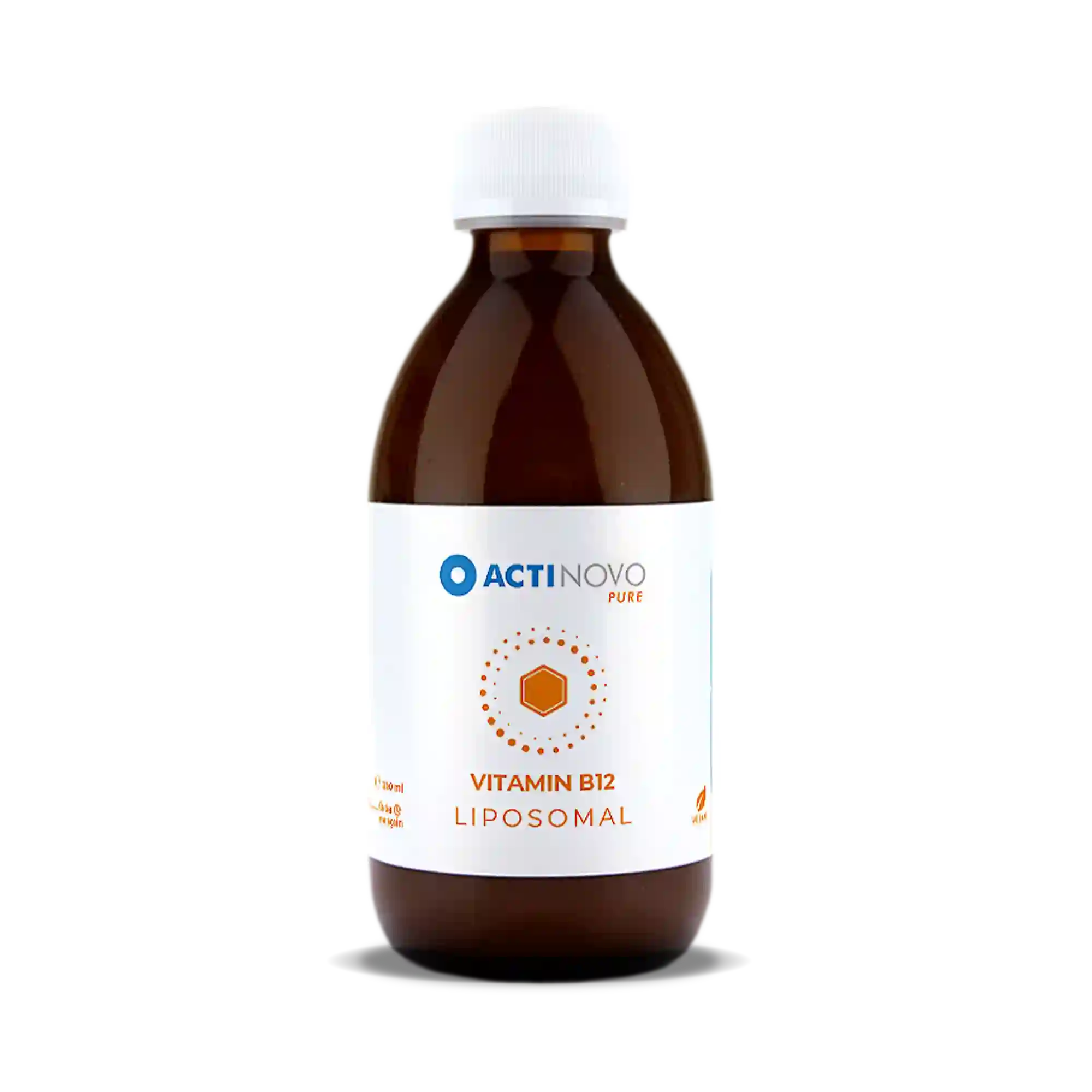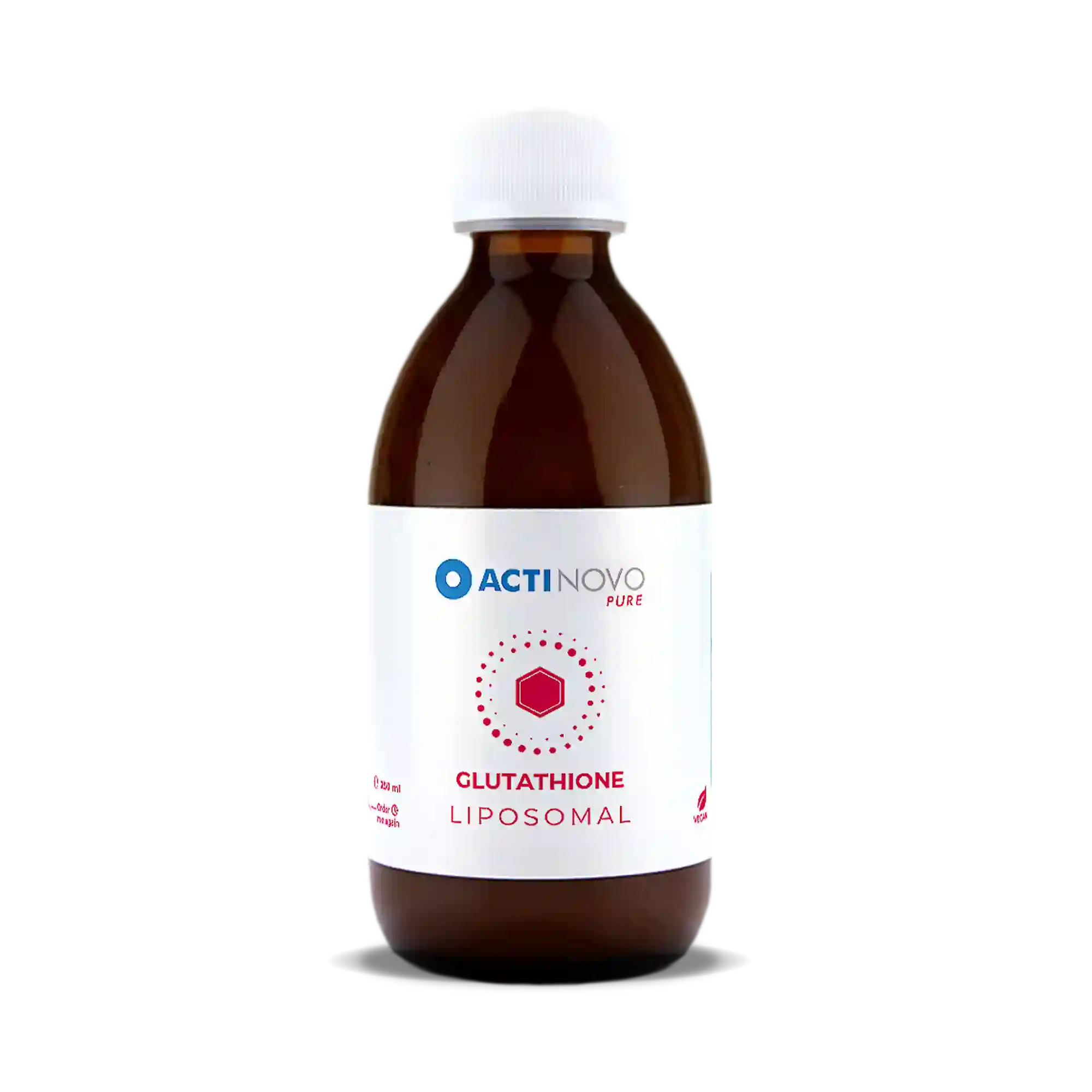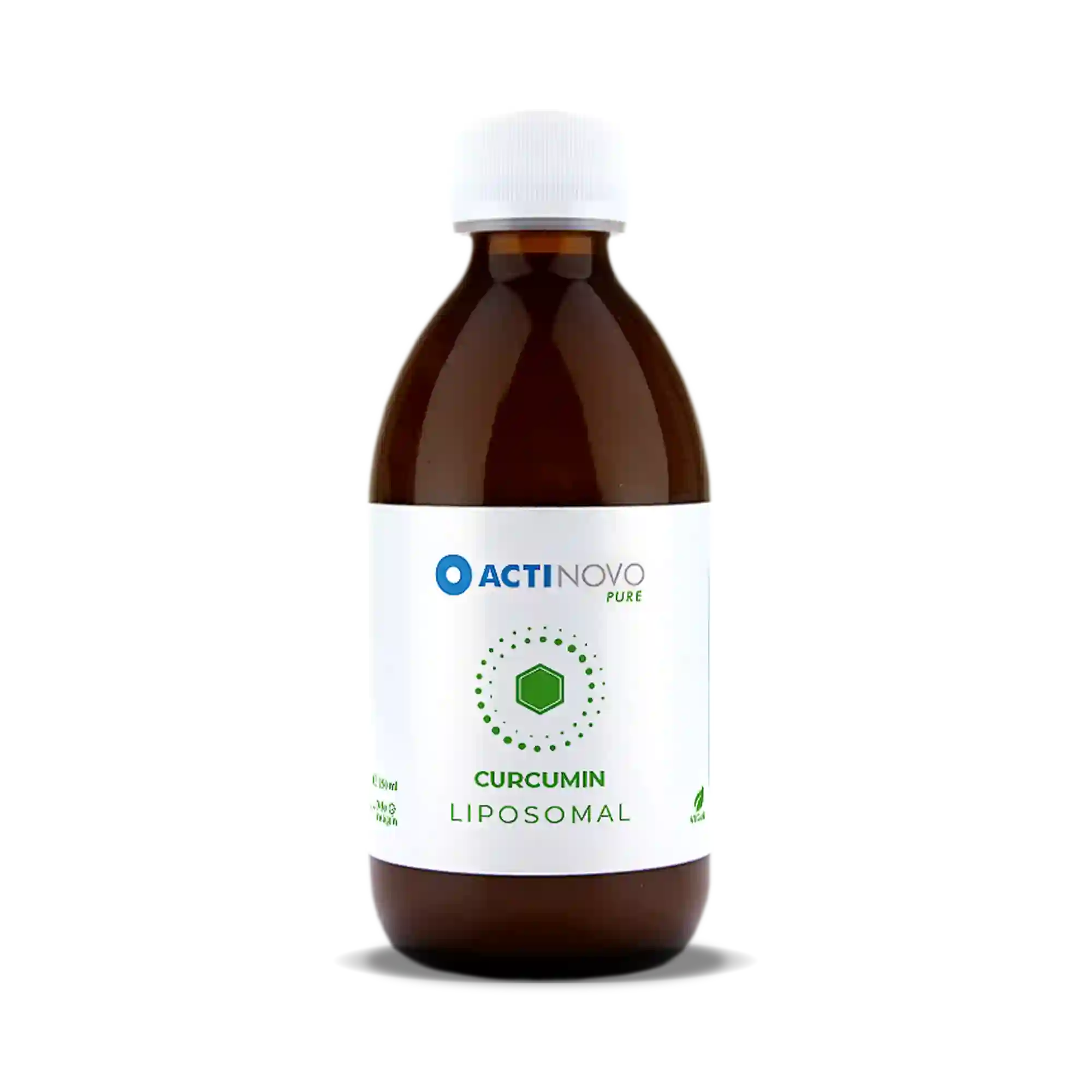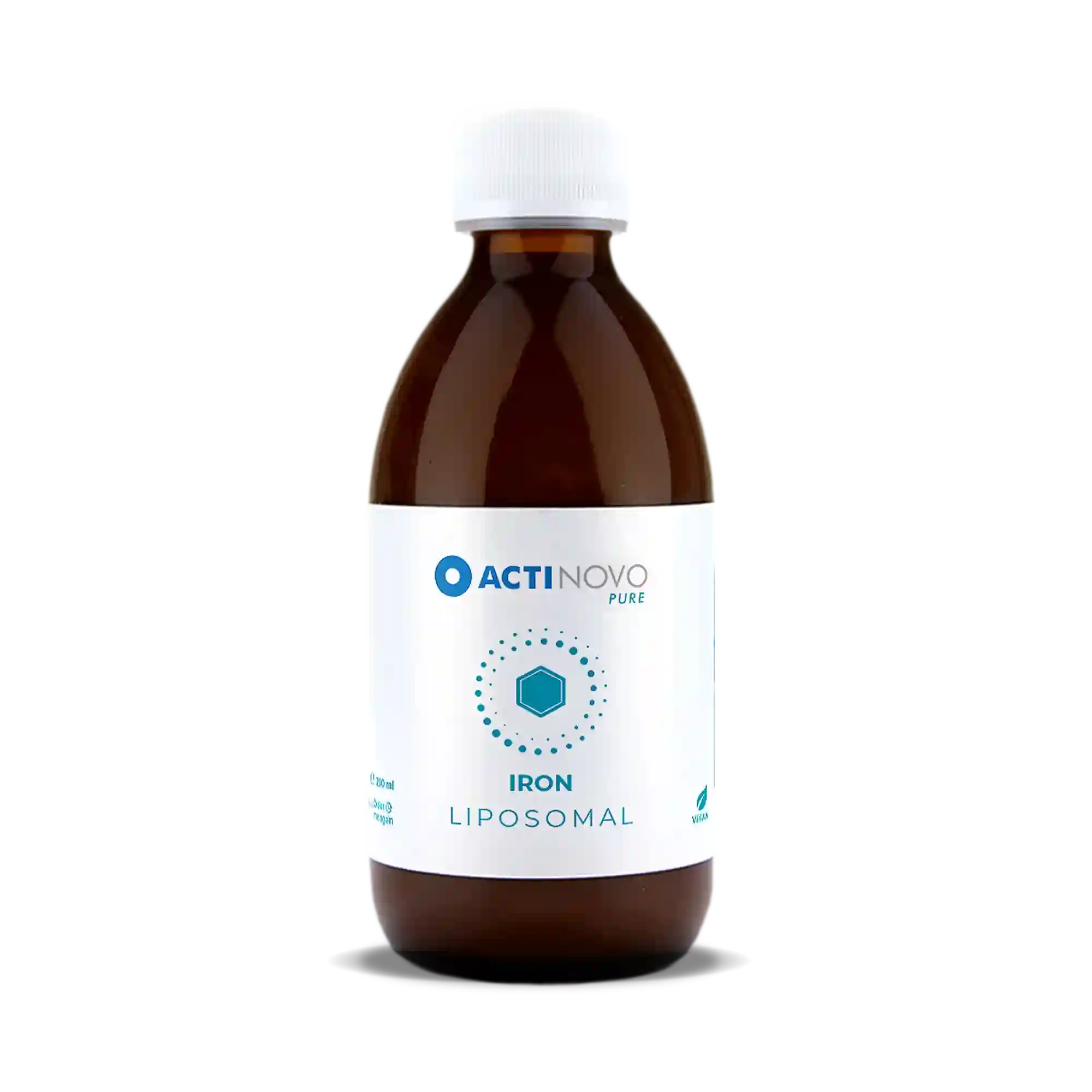
Why Should You Take Good Care of The Liquid Organ?
I will not tell you how important your blood is. You already know.
In the following, I will tell you why it is important. And what happens if it can’t do its job properly.
8% of the human body consists of blood, it connects all organ systems and mediates functions in transport, connection and communication, the pH balance and the immune system.
Without blood, our body would have no chance to assign different organs to specific tasks.
Oxygen could not enter the brain or the legs via blood from the lungs, the immune cells could not fight pathogens in peripheral wounds and the systemic pH of 7.4, essential for most enzyme reactions, could not be kept stable without the bicarbonate buffer system, easily spread throughout tissues via the blood.
So…What Exactly is Plasma?
If all cells (also called hematocrit) are removed from our blood, we have plasma.
Here, we find electrolytes (various mineral ions), proteins, nutrients from food, metabolic products, signaling molecules, and organic acids as well as antibodies.
Imagine removing the fish from a river, you would end up with everything that is passively transported by the water. This is the plasma. Plasma still has the ability to clot, while Serum doesn’t. The serum is what remains after blood clotting, otherwise, it’s identical to plasma.
Iron and Oxygen – As Easy As Breathing
Iron is part of the red blood pigment hemoglobin. It is bound to the red blood cells (the erythrocytes) and mediates the transport of oxygen. Oxygen is especially important for energy generation.
As erythrocytes enter the lung circulation, oxygen from inside our lungs can get close to the red blood cells while they are inside thin-walled blood vessels. Here, erythrocytes release the CO2 they have been carrying back from the tissues and bind to the new O2. With the pumping of our heart, these new Oxygen carrying cells enter the bloodstream.
New oxygen-rich blood enters the system and makes sure, Oxidative Phosphorylation in our Mitochondria is able to generate energy by reducing O2 to H2O.
New erythrocytes can only be efficiently formed if enough iron is present. If there is a deficiency, iron-dependent anemia can occur.
If you lack iron, oxygen is insufficiently transported in your blood and doesn’t reach all tissues for energy production. The result is fatigue.
What Affects My Iron Intake?
Possible deficiencies should be checked by regular blood tests.
Reduced calorie intake is almost always associated with overall decreased iron intake. This is one reason, young women are more likely to be iron deficient – due to decreased calorie intake.
Vitamin C supports iron absorption and should be adequately supplied.
Vitamin B12 – Helping The Blood Cells
The vitamin is involved in the formation of red blood cells. A deficiency can trigger anemia - a condition during which you enter fatigue due to either hemoglobin or erythrocyte deficiency.
Too little Vitamin B12 is commonly due to insufficient intake through the diet, permanent physical or mental stress and a constantly engaged immune system.
Furthermore, inflammations in the intestine can block the absorption of B12. Since the B-vitamin is also involved in the formation of hormones such as adrenaline, it should be present to optimally help with signaling and brain function.
Is Anemia That Big of a Deal?
Anemia means we are lacking blood, either blood volume, erythrocytes or hemoglobin. A massive decline in performance and focus is the result. Fatigue and lack of concentration can occur even to the point of exhaustion1.
If there is a significantly increased need for energy, like in endurance training, optimal oxygen transport to the muscles should be ensured through healthy blood volume and composure.
Healthy Blood And Endurance Athletes
Canadian triathlete Paula Findlay won 5 international triathlon competitions before competing at the 2012 London Olympics. And finishing last. In her own words, her legs and energy deserted her2.
Her later diagnosed disastrously low levels of iron and the resulting anemia explained the endurance athlete's collapse and the importance of a functioning blood system.
From Research
In the case of increased physical stress, the body and especially the muscles should be optimally supplied with oxygen for better energy production. It has been observed that athletes have a blood volume and erythrocyte increase of up to 60%3. They need this in order to supply the muscles with enough oxygen to cope with the strain of exercise.
Why more blood volume?
- More blood and more oxygen in all tissues
- better heat management and sweating
- increase overall endurance performance4.
Why are female endurance athletes5 a risk group for anemia?
- A too low iron intake
- blood loss through monthly menstruation
- bursting of small blood vessels by high strain
- excessive sweating
Intense training is also likely to cause iron deficiency when performed by untrained individuals6.
If levels of vitamin B12 are insufficient, pernicious anemia (caused by cobalamin deficiency) can develop. It has been shown that orally administered vitamin B12 is as effective as intravenously administered cobalamin as long as it is present in a dosage of at least 1000 mcg/day or has a higher bioavailability by, for example, liposomal formulation7.
Risk Factors For Anemia
- Menstruation
- Injuries with blood loss
- Extreme strain
- Marathon: Blood loss via the digestive system, urine and feet injuries.
- Vegetarian (low iron) or vegan (no B12) diet
- Growth: young athletes
Conclusion
Overall, care should be taken if strenuous physical activity is performed to ensure an adequate supply of iron and vitamin B12.
Anemia which significantly affects energy production should be detected early and treated professionally.

